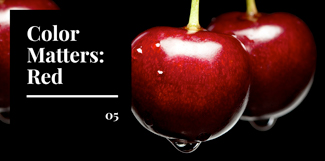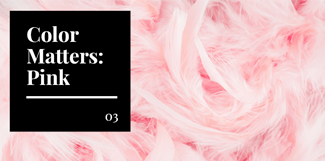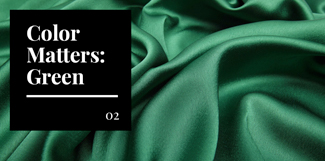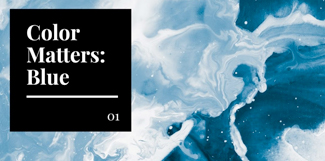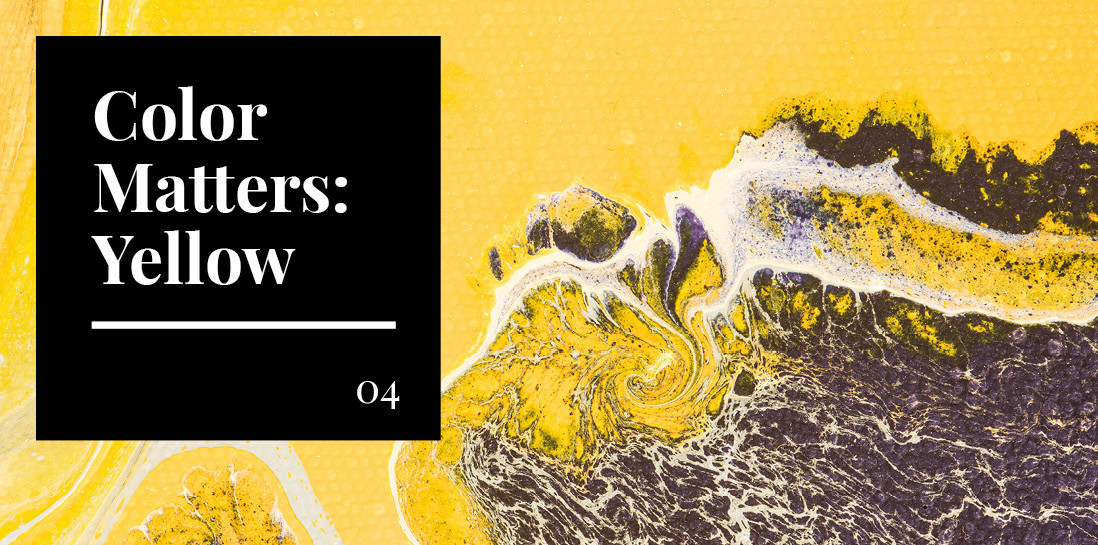
The same color evokes both illness and health; contamination and cheerfulness; cowardice and royalty. How can such a conflicted color exist?
Scientifically, yellow is rare for two reasons. The first: it changes its hue when made darker, turning to brown. It’s the only color to have this property, according to Steven Buck of the University of Washington, reports CNN.
Second, the human eye will notice a bright shade of yellow before it sees any other color, reports Scientific American. Because it falls in the middle of the color spectrum, it’s easiest to see with our trichromatic cone vision. And, when we use achromatic rods for night vision, yellow is still the most visible wavelength. That’s why curbs, road markings, school buses, and safety vests are all a bright shade of yellow.
Yellow, by culture
Yellow, from the Old English geolu, according to the Merriam Webster Dictionary, has connotations that vary strongly based on shade and cultural context.
Wearing yellow can be an honor, when it’s the fluorescent yellow jersey of the lead rider in the Tour de France; a racial slur, such as the yellow star Jews were forced to wear during the Holocaust; a symbol of dedication, such as the saffron shade of a Buddhist monk’s robes; or a sign of wealth and royalty, such as the color reserved for the Imperial family in ancient China.
The term “yellow journalism” speaks of sensationalism and slander, and the mid 1800s Europe knew scandalous literature on sight—it was heralded by a yellow book cover, writes author Kassia St. Clair.
In North America, yellow has long been purported to be a mood-booster, although there is no hard evidence of this. Experiments in painting hospital wards yellow to treat shell-shocked soldiers yielded no conclusive results.
Yellow in nature
The sun appears yellow to us because of how we view it through the atmosphere, reports CNN. Although in reality it’s a bright white, any child will draw you a picture of our yellow sun. Because yellow and sun are linked in our minds, the color yellow benefits from the sun’s positive associations: warmth, cheerfulness, optimism, and vitality.
When paired with black, however, yellow takes on a different meaning. The yellow-and-black combination on bees, cheetahs, and snakes means “Caution!” Taking cues from the natural world, street signs, taxicabs, and caution tape are all eye-catching yellow and black.
Yellow is also the color for all seasons: spring and summer produce showy flowers, butterflies, and a dazzling array of fruits and vegetables, while autumn and winter are warmed by golden leaves and twinkling lights.
Yellow in pop culture
Yellow has worked its way into our popular lexicon, with “yellow” alternately meaning someone who’s a coward or the way book pages age; “Follow the yellow brick road” is used as a euphemism for success or following one's dreams.
Yellow is all around in daily life, too; from the smiley face in ubiquitous sunny yellow (once subversive, now innocent) to the trademarked “Canary Yellow” Post-It® Notes and fluorescent yellow highlighters found in every office.
Yellow in food marketing
Since yellow is the color we notice the fastest, it has ideal applications for the food industry. From logos to signage to packaging and wrappers, yellow can be used to grab consumers’ attention and stimulate their interest. Many experts also believe yellow stimulates appetite, especially when paired with the color red. This explains the large number of profitable fast food restaurants using the dynamic combo, such as McDonald’s, Burger King, Wendy’s, and In-N-Out Burger.
Using yellow for your food marketing has the appetizing potential to catch consumers’ attention and and stimulate their hunger from the instant they see your logo on the street or packaging on the shelf.
Is yellow right for your brand?
For brands that have embraced yellow in their logos, each choice showcases a different facet of the hue. Snapchat loves yellow for its youthful zing; McDonalds for its connotations of a lower price point; Tokyo-based Nikon chose yellow for its passion and enthusiasm; while industrial companies like Stanley, Caterpillar, and Dewalt are drawn to its eye-catching visibility.
Because of its clean warmth, yellow is an excellent choice for food and beverage packaging or beauty product packaging. In its softer shades of honey or pastel, yellow can be a neutral, or feminine. Brighter butter or mustard fits industrial applications, perfect for construction, equipment, or information-based businesses—anything that needs to appear steady and durable. Fluorescent shades of banana or lemon are “notice me” colors that advertise youth, optimism, and innovation. Yellow may have many meanings—but its prevalence proves it’s here to stay.
View the full Color Matters series:
